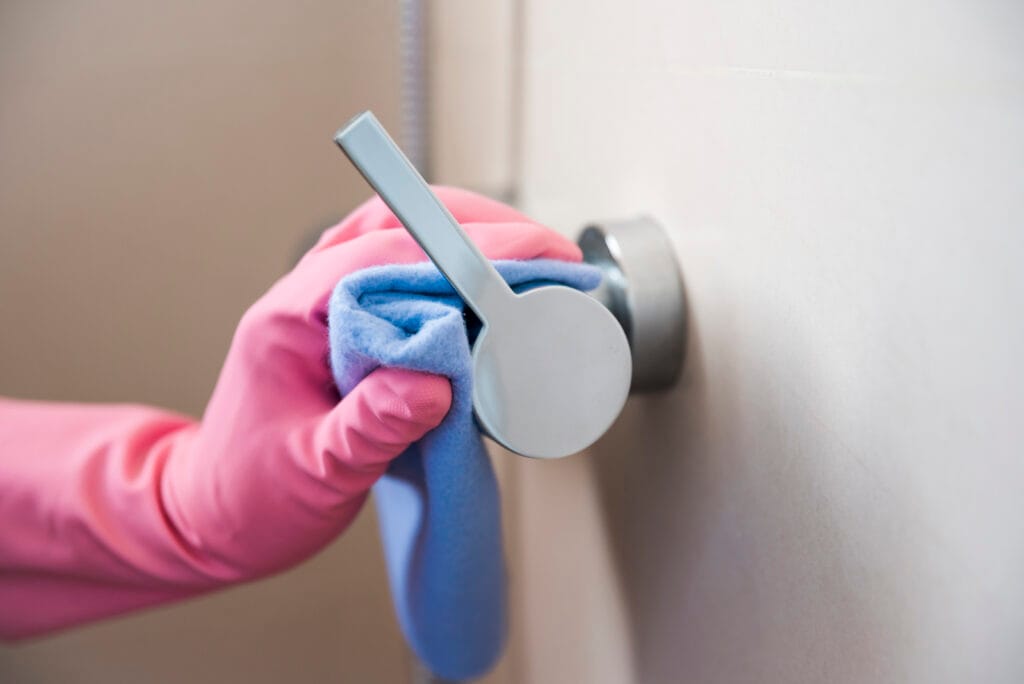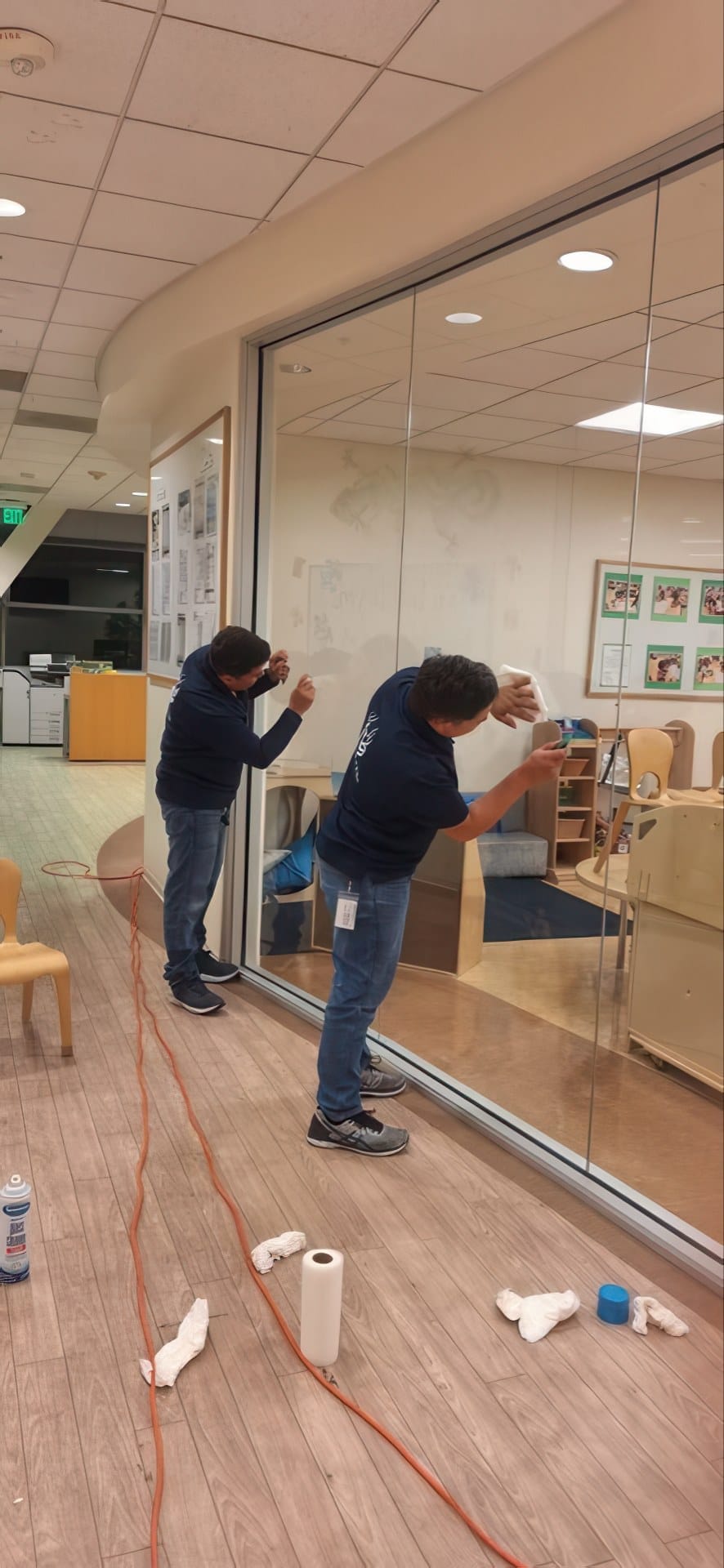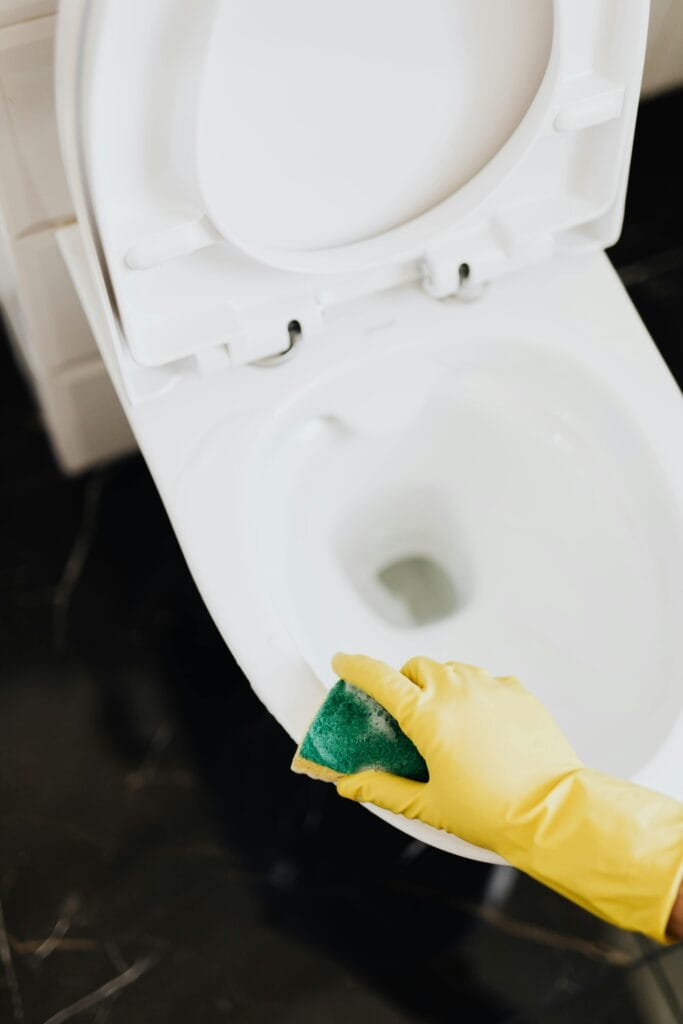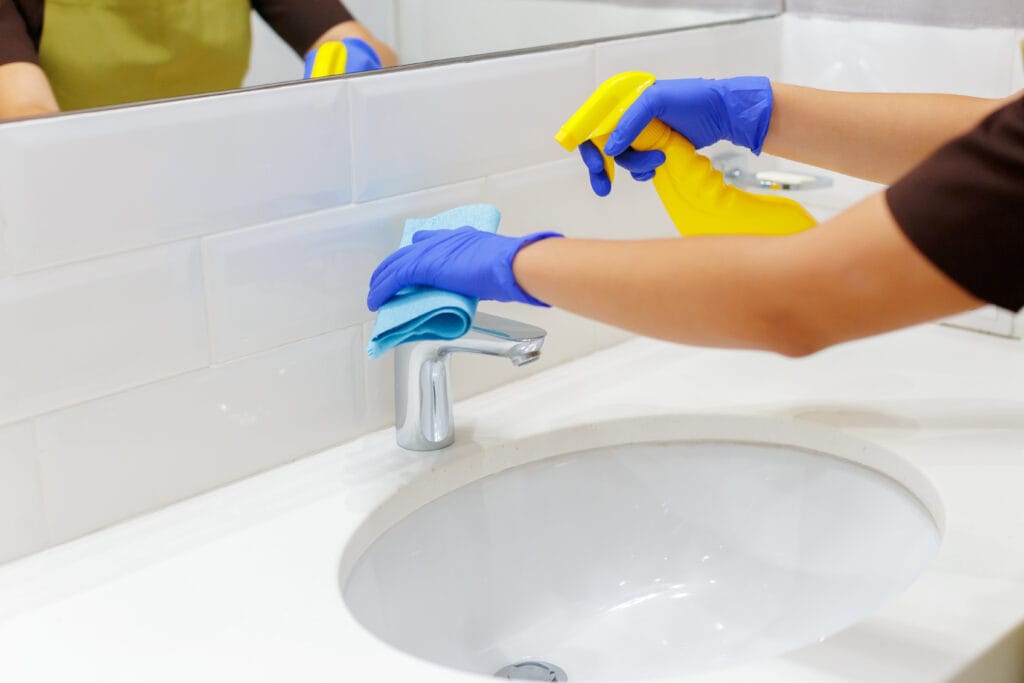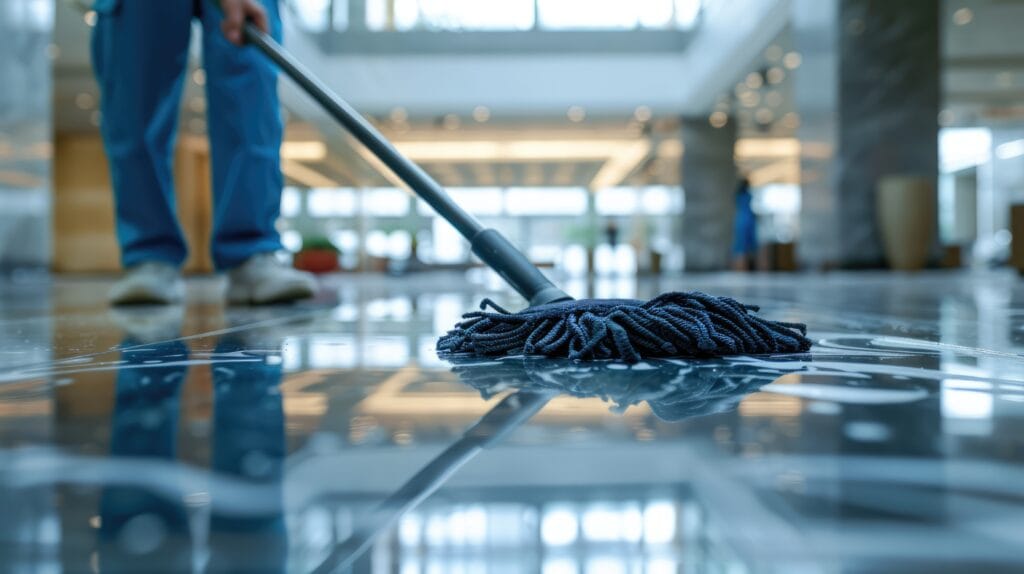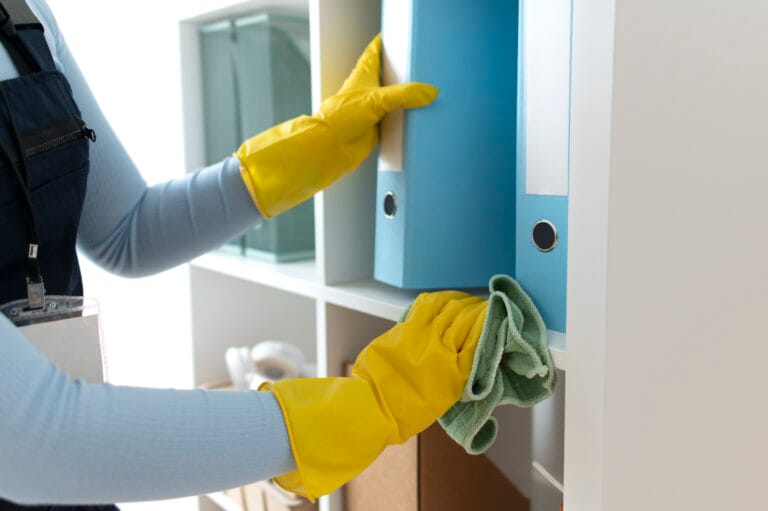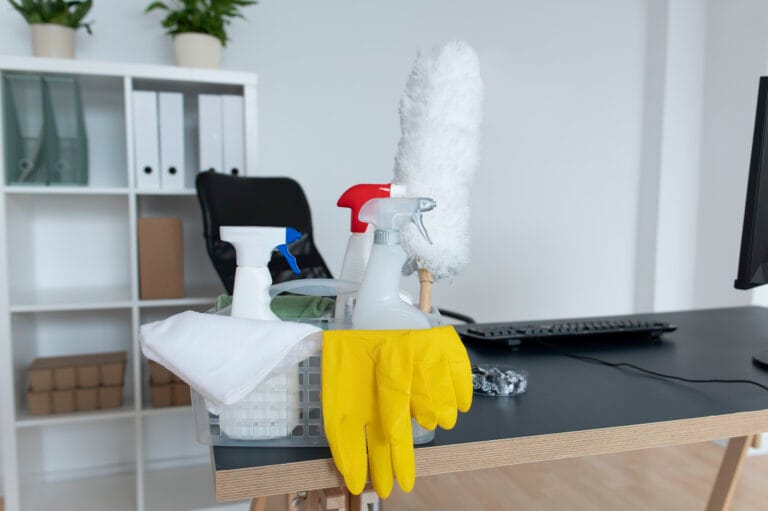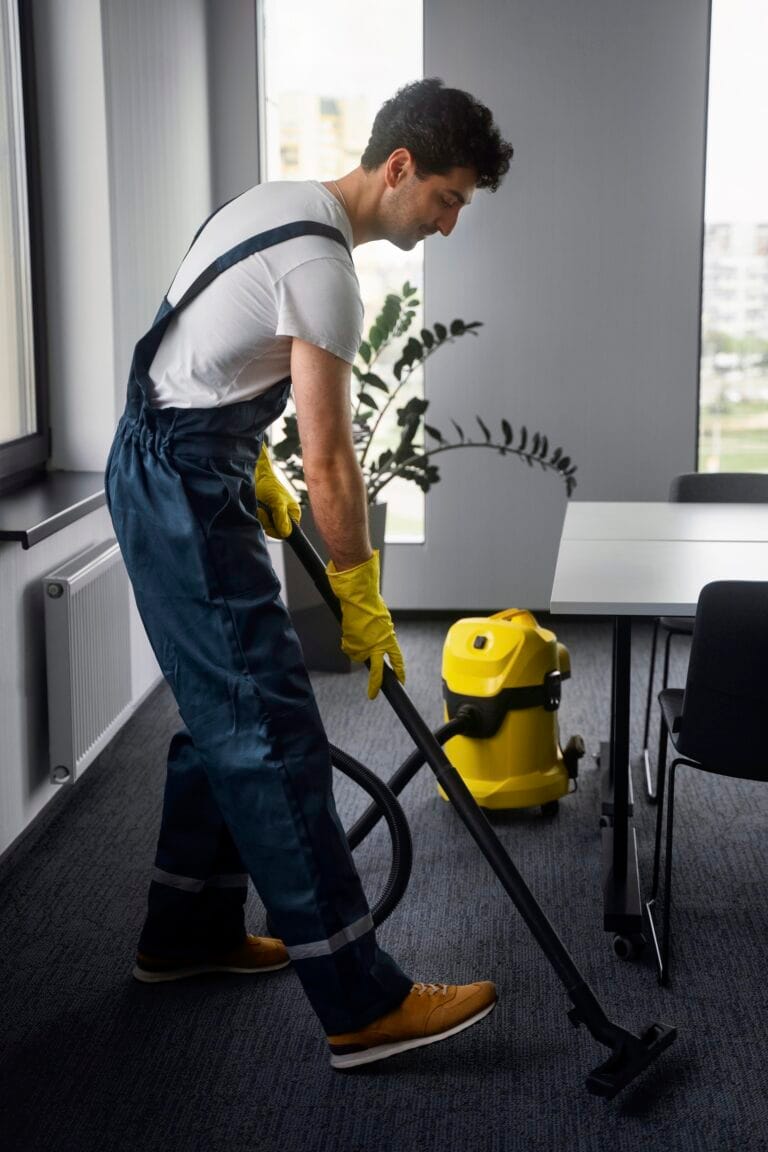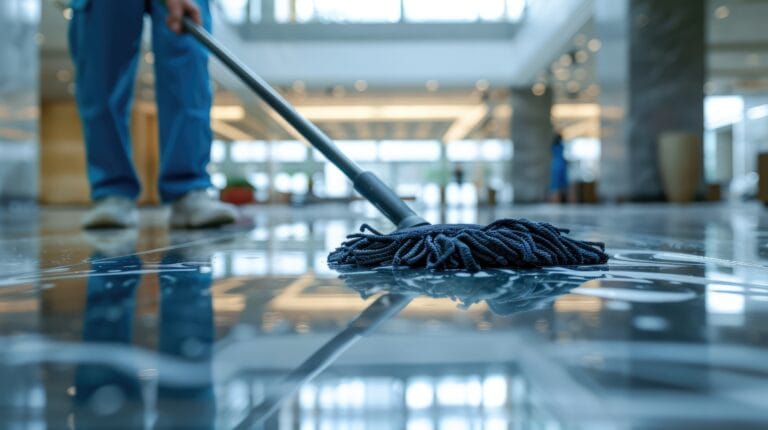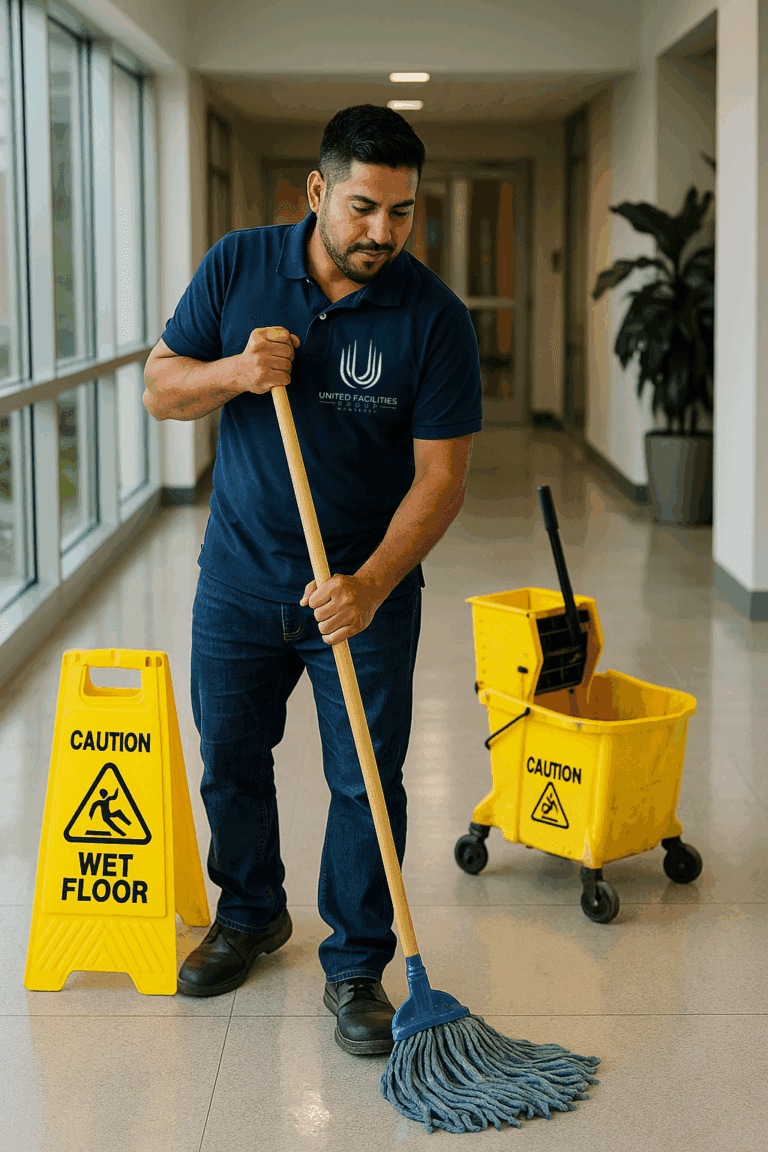Disinfection and Touch‑Point Cleaning to Combat Germs in Monterey
From office towers overlooking Monterey Bay to student centers at Cal State Monterey Bay, the lesson of recent pandemics is clear: surface hygiene matters. Pathogens hitchhike on fingerprints and persist for hours—or days—on common touch points. UFG Monterey specializes in data‑driven disinfection programs that suppress viral and bacterial transmission without disrupting daily operations. This article unpacks best practices and regional considerations governing touch‑point hygiene across Monterey County.
Pathogen Transmission Science
Respiratory droplets eventually settle, contaminating desktops and elevator buttons. Norovirus spreads via microscopic fecal particles that linger on door handles and restroom stalls. Coastal humidity can extend viral survivability on stainless steel, while fluctuating temperatures affect disinfectant dwell times. UFG Monterey’s infection‑control team continuously reviews literature from the CDC and local health agencies, adapting protocols to the dominant pathogens each season.
Identifying Critical Touch Points
Facility surveys categorize surfaces by contact frequency and population vulnerability. High‑traffic lobbies demand constant attention, but lower‑use mailrooms can be serviced less frequently. Color‑coded micro‑surveys establish cleaning cadence.
Most‑frequent touch points include:
- Door knobs, push bars, and elevator call buttons.
- Break‑room appliance handles, coffee dispensers, and microwave pads.
- Shared workstations—keyboard, mouse, and phone handset.
- Restroom faucet levers, stall locks, and flush actuators.
Chemical Selection and Dwell Time
Efficacious disinfection balances kill spectrum, surface compatibility, and user safety. UFG Monterey relies on two chemical classes: quaternary ammonium for general surface use and electrochemically activated hypochlorous acid for food‑adjacent zones. Each boasts an EPA List N registration for SARS‑CoV‑2 and a dwell time under five minutes. Calibration strips verify dilution ratios daily; variance triggers auto‑dispenser service calls.
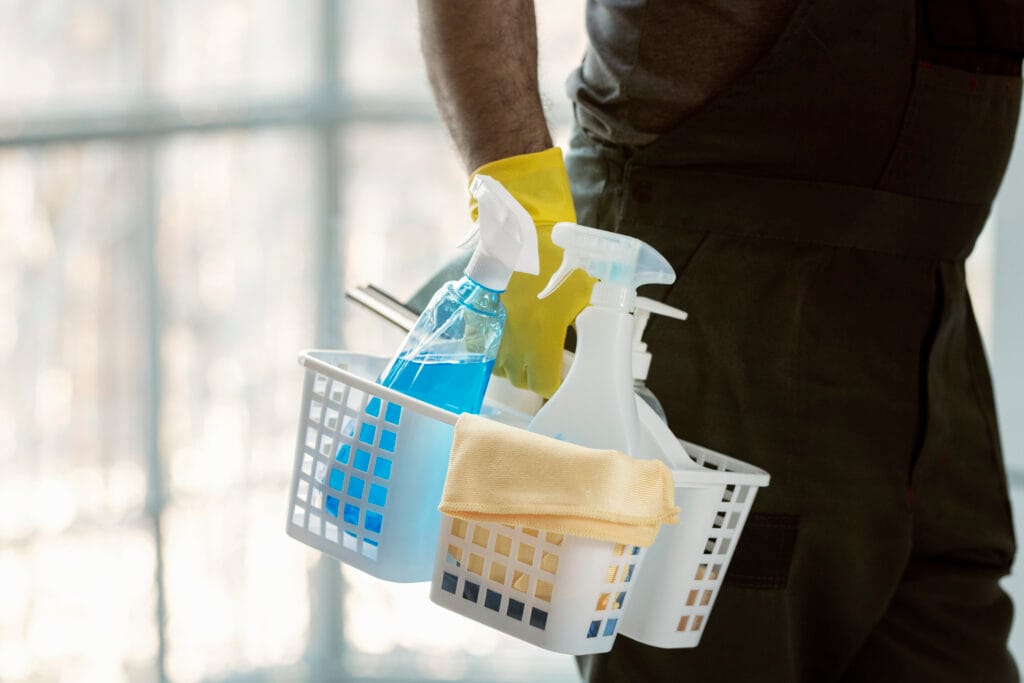
Application Methods
Electrostatic sprayers impart a positive charge so droplets wrap 360 degrees around irregular surfaces, achieving uniform coverage with 65 percent less solution than trigger sprays. For sensitive electronics, pre‑saturated wipes with rapid evaporation leave no residue. Sprayers follow a “cloud to cloth” rule: mist broad surfaces, then wipe contact points to mechanically dislodge biofilm—the matrix in which microbes shield themselves from chemicals.
Frequency Modeling
Cleaning intervals hinge on occupancy analytics. Badge‑access data show peak elevator use at 08:15 and 17:05; porters schedule disinfection five minutes afterward. In coworking spaces, every desk undergoes touch‑point wipe between reservations. Hospitals follow CDC tiered frequency: isolation rooms after each exit, nurses’ stations every four hours, and administrative offices nightly.
Two Validation and Reporting Metrics
- ATP (adenosine triphosphate) readings—target <30 RLUs on door hardware post‑clean.
- Occupant health logs—tracked sick‑day reduction and outbreak incidence versus baseline quarter.
Technology Integration
QR codes at disinfectant stations allow occupants to request immediate service; alerts route to porter handhelds. Sensor data from smart soap dispensers reveal hand‑hygiene compliance, correlating with surface contamination metrics. Monthly dashboards visualize trend lines, enabling proactive frequency adjustments.
Training and Safety
Technicians complete an eight‑hour infection‑control module, covering donning/doffing PPE, dwell‑time timing, and spill response for bloodborne pathogens. Fit‑testing ensures N95 masks perform during aerosol‑generating tasks like cold‑fogging. UFG Monterey’s Perfect Protocol cards clipped to carts list step order, chemical dwell times, and emergency numbers.
Sustainability Without Sacrificing Efficacy
Disinfectants may bring environmental trade‑offs. Hypochlorous solutions decompose into saline, reducing chemical footprint. Reusable microfiber heads withstand 300 launder cycles, minimizing disposable wipe waste. Closed‑loop dilution cuts concentrate disposal by 40 percent. Green practices coexist with high‑level pathogen kill when guided by data.
Touch‑point disinfection stands at the intersection of microbiology, human behavior, and operations science. By aligning chemistry, application technology, and occupancy analytics, UFG Monterey delivers germ defense tailored to the county’s diverse facilities and coastal climate. The payoff is healthier occupants, fewer sick‑days, and resilience against future outbreaks.
